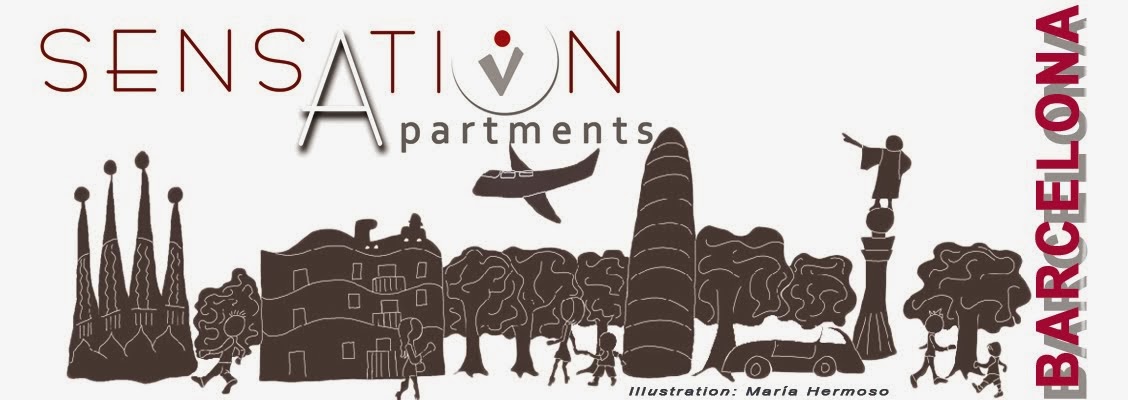LOCATION
The Autonomous Community of Catalonia is located in northeast Spain and includes the provinces of Barcelona, Girona, Lleida and Tarragona and is on the Mediterranean coast. Its capital is Barcelona, its population numbers 7,512,380 and it covers a surface area of 32,113 sq. kilometers / 12,441 sq. miles.
FOOD & WINES
Agricultural production in Catalonia is very varied, with the main products being nuts and vegetables, potatoes, flowers and ornamental plants. Good rice is grown in the Ebro delta and in the district of Ampurdán (Girona), and excellent olive oil is also produced.
Catalonia is a large producer of pork, beef, lamb, chickens, rabbits and eggs. It also has a longstanding charcuterie tradition although, unlike other Spanish regions, the local pork products are rarely flavored with pimentón.
The fishing fleet in Catalonia consists of over 1,000 vessels and catches amount to 9,500 tons a year.
Catalonian wines enjoy great prestige and Cava is a landmark amongst the world's sparkling wines. Other designations of origin in the region are DOCa Priorato, DO Montsant, DO Penedés, DO Terra Alta, DO Alella, DO Tarragona, DO Costers del Segre, DO Cataluña, DO Plà de Bagés and DO Ampurdán.
TOURISM
Catalonia is the Community of Spain which receives most tourists, with 14,344,619 foreign visitors in 2008.
The most important monuments and sites, declared World Heritage by UNESCO are the Güell park and palace, Casa Milá, Casa Vicens, Gaudí's work on the Nativity façade and Crypt of the Sagrada Familia cathedral, Casa Batlló, the Crypt in Colonia Güell (all of them built by Gaudí), the Palau de la Música Catalana, the Hospital de San Pau in Barcelona, the Poblet Monastery and the romanesque churches in the Boí valley.
Catalonia is home to three museums devoted to three of the great Spanish painters of the 20th century - the Dalí Museum in Figueras, and the Miró and Picasso Museums in Barcelona.
The National Park at Aigüestortes i Estany de Sant Maurici, and the nature parks at Aigüamolls de l’Empordá, Massis del Montseny, Montserrat and the volcanic area at Garrotxa are the most outstanding features of the Catalonian physical geography. The Costa Brava is the northern stretch of the Catalonian coastline, characterized by its rocky cliffs and attractive beaches, as well as picturesque towns such as Calella de Palafrugell, Cadaqués and Begur.
In 2009, the Foundation for Environmental Education (FEE) granted 87 blue flags to Catalonian beaches and 21 to marinas.
CULTURE
The strong Catalonian personality has deep historical and cultural roots. In the Middle Ages, Catalonia was one of the great powers in the Mediterranean area. The Catalan language is an expression of this personality, and is widely used in cultural, social and family life.
In the city of Barcelona, visitors can enjoy museums such as the Picasso museum, in the Gothic district of the city, which displays works from all the artist's periods; the Museo Nacional de Arte de Cataluña, with its important display of Romanesque paintings, and the MACBA, Museo de Arte Contemporáneo de Barcelona, in one of the city's liveliest areas, the Raval district.
Tarragona and its surroundings offer interesting Roman ruins, declared World Heritage by UNESCO, and Girona has a charming old center in which the Jew's quarter is the main attraction.
Some universal Catalonians are the architect Antoni Gaudí (1852- 1926), the composer Isaac Albéniz (1860-1909), the artist Salvador Dalí (1904- 1989), the artist and sculptor Antoni Tàpies (1923), the soprano Montserrat Caballé (1932) and the tenor José Carreras (1946-).
23 April is Sant Jordi (St George’s Day), when the traditional gifts are a book or a rose.
GASTRONOMY
Catalonian gastronomy has created outstanding combinations of meat and fish (mar i muntanya). Some examples are pollo con cigalas(chicken with crayfish), andcerdo con bogavante (pork with lobster). Outstanding fish dishes are those based on monkfish as well as salt cod with samfaina (aubergines, peppers and onions).
One of rural Catalonia's most traditional dishes is escudella i carn d’olla, a stew made from beef, chicken and pork as well as butifarra sausages and vegetables.
Mushrooms are very popular ingredients in Catalonian cooking in the autumn months. Also from this Community are all i oli, a strong, oil-based sauce, and calçots, young onions barbecued over wood. These are dipped in a sauce named romesco or salvitxada, in which the main ingredients are almonds, tomatoes, peppers and olive oil.
Rice dishes are also popular throughout Catalonia. One such is arroz negro, made with cuttlefish and its ink.
The most traditional pork sausages in Catalonian gastronomy are the fuet, longaniza and butifarra.
Catalonia has outstanding patisserie, perhaps one of the most varied in Spain, and some of the most traditional cakes are the bunyols, panellets and cocada. The Community's best-known dessert is the crema catalana, a sort of caramelised custard.
(www.foodsfromspain.com)




.jpg)
.jpg)
.jpg)
.jpg)
.jpg)
.jpg)



.jpg)

.jpg)
.jpg)
.jpg)